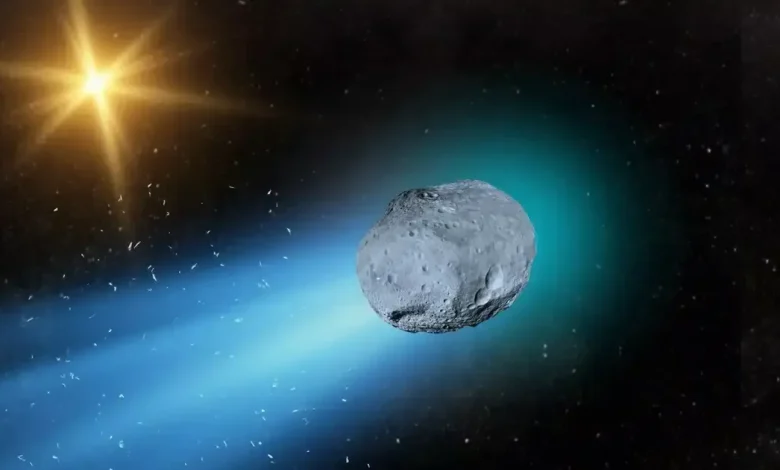Why is NASA silent and not releasing 3I/ATLAS high resolution images? Interstellar comet pictures captured

Why is NASA silent and not releasing 3I/ATLAS high resolution images? The interstellar comet labelled 3I/ATLAS has drawn attention in the scientific community. Data from telescopes exist. Yet the question remains: Why has the NASA not released certain high-resolution images claimed by observers? This explainer gathers available facts, technical details and possible reasons behind the delay.
NASA captured but didn’t release high resolution images
Why is NASA silent and not releasing 3I/ATLAS high resolution images? On one side, researchers claim that NASA’s camera system aboard the Mars Reconnaissance Orbiter—specifically the HiRISE instrument—captured high resolution images of 3I/ATLAS on 2 October 2025. According to astrophysicist Avi Loeb, those images have not been published.
On the other side, NASA’s publicly available media library lists images of 3I/ATLAS from Hubble, Webb and ground telescopes. The discrepancy lies in the claimed HiRISE image or the “best image” dataset that has not appeared.
Possible explanations include internal review, data classification, or backlog in processing. The delay has bred speculation.
3I/ATLAS interstellar comet scientific anomalies
Why is NASA silent and not releasing 3I/ATLAS high resolution images? The object shows features that defy typical comet behaviour. The trajectory is hyperbolic, confirming an interstellar origin. Observations from the James Webb Space Telescope and others show that 3I/ATLAS has a strong carbon dioxide signature and a heavily irradiated crust. Some researchers note that if the high resolution images exist, they might reveal more unusual features such as jet-behaviour, non-standard outgassing or structural irregularities. One public claim is that the image was taken when 3I/ATLAS came within proximity of Mars, yet remains unreleased. The silence from NASA adds to the intrigue.
Live Events
Why the delay matters?
Why is NASA silent and not releasing 3I/ATLAS high resolution images? Transparent data release is a key part of scientific process. When data is withheld—or appears to be withheld—it raises questions about assumptions, interpretations and trust. In this case:
- The unreleased images might contain new physical evidence of 3I/ATLAS behaviour.
- If the high resolution data show unexpected features, the implications could change our understanding of interstellar objects.
- Amateur astronomers and professional scientists alike rely on open access data for independent verification.
By delaying release, NASA may slow down collective scrutiny, discussion and peer review of the object’s nature.
Possible reasons for NASA’s silence
Why is NASA silent and not releasing 3I/ATLAS high resolution images? Several plausible reasons exist:
What we do know from released data?
Why is NASA silent and not releasing 3I/ATLAS high resolution images? Despite the claimed gap, the scientific community has access to significant information:
What to watch for next?
Why is NASA silent and not releasing 3I/ATLAS high resolution images? For observers and researchers the next steps include:As 3I/ATLAS leaves our inner solar system it will continue to be tracked by telescopes and possibly spacecraft instruments. Analysis of its composition, shape, tail behaviour and path will help scientists understand the origin of objects from outside our solar system.
FAQs
What is the main reason NASA has not released the 3I/ATLAS HiRISE images?
NASA has not publicly given a detailed reason. Likely causes include data calibration, mission constraints, or internal review before release.
Does the unreleased data change our understanding of 3I/ATLAS?
It may. If high-resolution imagery shows unexpected features, it could alter interpretation of the object’s nature and behaviour.




